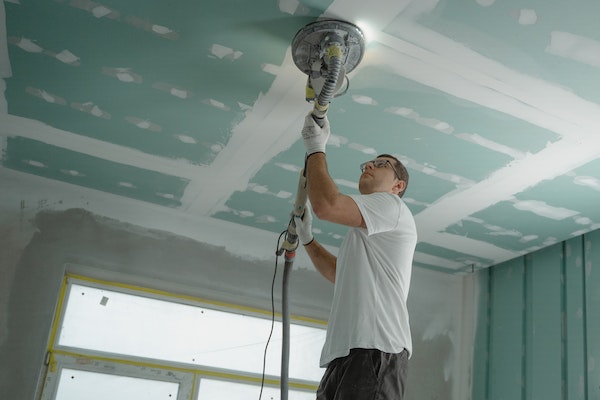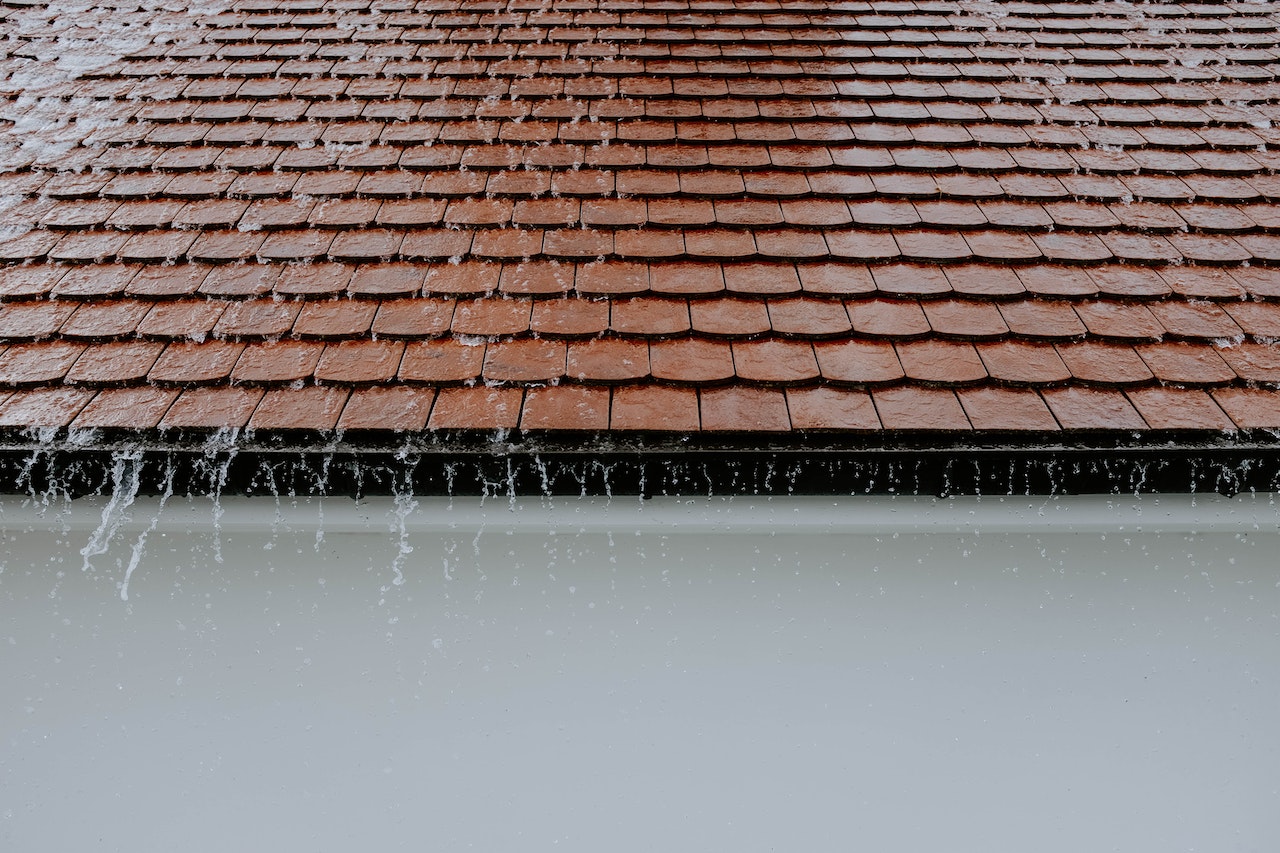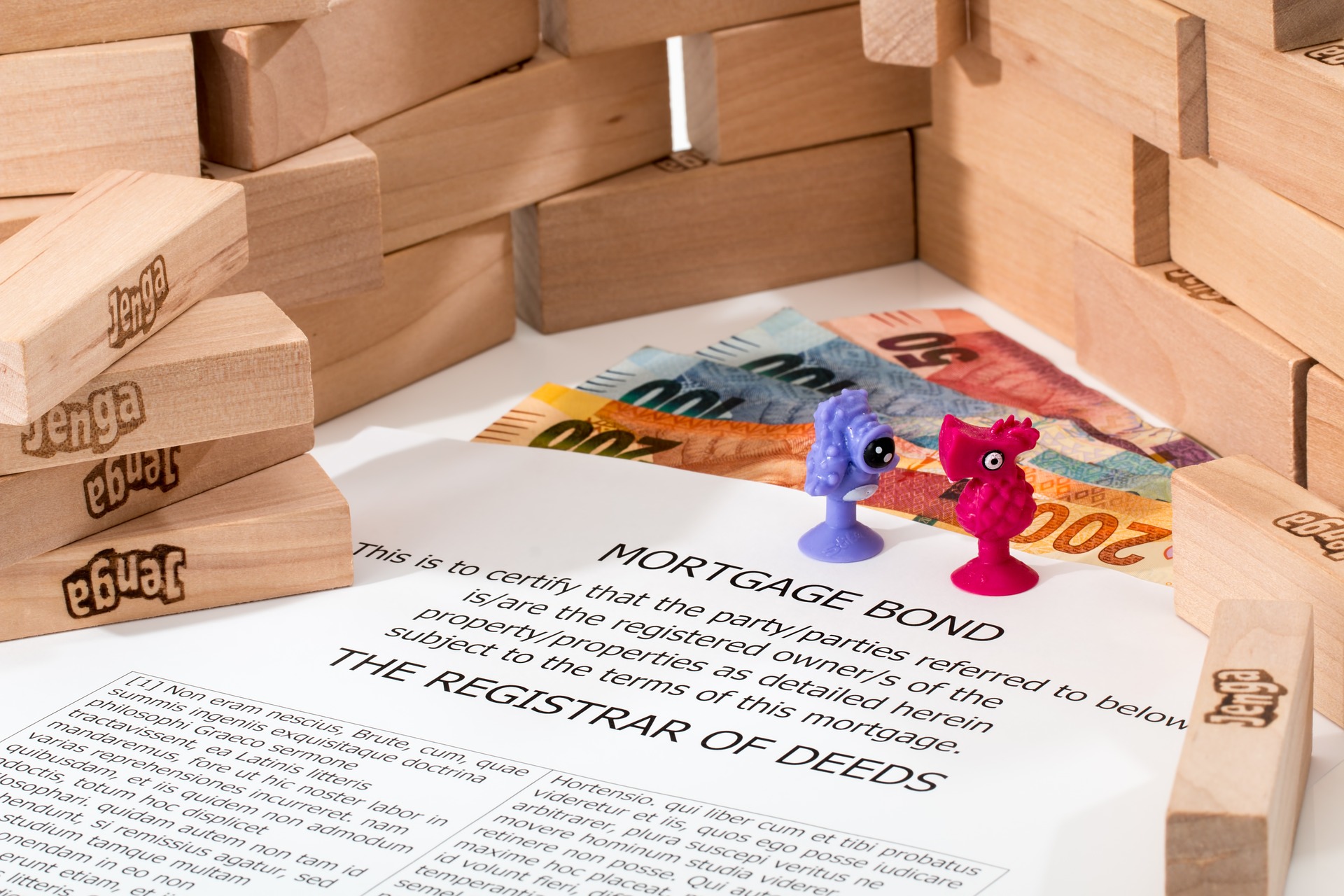After a long day at work, you go home to find a trickle in your ceiling. You have a flat roof, and the condensation on it has left a sizable watermark on the floor. Exists a leak here?
Looking for a flat roof repair guide? Find the leak, identify it, put the necessary materials together, and install the new parts. However, it is always advised to contact a licensed expert. This is due to the danger of climbing on the roof and you want to ensure that the repairs are made properly.
Let’s examine the components of the repair.
Locate and identify the Flat Roof Leak
It’s not always easy to find a leak in a flat roof. Many would claim that detecting a leak on a sloped roof is simpler, but it doesn’t necessarily mean that you, the homeowner, can find the leak. You will start by examining the area where you first saw the water entering the space.
If you want to identify the source of your leak, gusroofing says, you should try to follow a roof leak repair guide. Frequently, a leak will start on one region of the roof’s exterior and travel down the roofing material until it encounters a drainage opening. Since water can move, a smart place to start is to locate the leak inside the house and then follow the water’s path outside.
Start your search for the roof leak using the measurements you gathered from inside. If there isn’t any evident damage, check for any damage to the roof membrane close to any roof vents or flashing. If you need to use a ladder to access the roof, be sure it is firmly planted on the ground. If your roof is too high, you feel unsafe, or you are just unable to find the leak, you may need to hire an expert.
Take Out Any Trash
Debris on your roof may obstruct your work or result in more harm. Before beginning repairs, carefully remove any foreign objects from the vicinity of the roof leak. Additionally, you’ll be able to see whether your roof has age-related wear and tear or was harmed by a storm.
Dry Off the Area

Since flat roofs frequently accumulate water, be important to completely dry the area before you start any repairs. If you patch a hole and it retains moisture, mold may start to form underneath your roof. You could require expert help if your roof is already leaking a lot of water between the layers. Recognize The Damage you should look for cracks or alligatoring, which typically signify long-term UV damage. The best restoration technique will depend on the kind of damage you have. It is essential to call a specialist in cases of severe damage.
Slice The Harmed Area
If a blister is the cause of your roof leak, carefully cut through the damaged membrane and wipe away any possible moisture. Cut away any layers of your roof membrane that are damaged, being careful not to harm the roofing felt underneath. Before proceeding to the following step, make sure the areas you want to repair are completely dry.
Put Roofing Cement To Use
Peel back the layers of the covering you cut away after applying roofing cement to the leak and the entire area of the roof that was beneath them. This will seal it off and give the membrane flaps an adhesive surface to adhere to. Press the membrane flaps on the cement to reseal the wound.
Screw it Down
To stop the leak, place the blister flaps down and firmly fix them to the roof with nails. Verify that no wires or other delicate infrastructure will be nailed underneath. Apply additional roofing cement over the nails to seal any holes you might produce.
Hiring A Roofing Professional To Solve Your Problem

Contacting a qualified roofing contractor is always the best course of action when it comes to roofing. Even if you have a DIY video with excellent repair guidance and a step-by-step guide, it’s crucial to keep in mind that other parts of the roof can be harmed. The most economical approach to prevent further roofing problems is to have a certified, licensed roofing contractor evaluate your roof.
Conclusion
Leaks on flat roofs are frequently simple to find and fix. That does not, however, imply that you should act in this manner as a homeowner. The roof on your house is another component that may be quite expensive to fix. The roof damage could get worse if the repairs are not done appropriately. Calling in a qualified roofing contractor is the best approach to handle a leaky flat roof scenario
(https://www.mymove.com/home-inspiration/architectural/the-most-common-causes-of-roof-leaks/).



